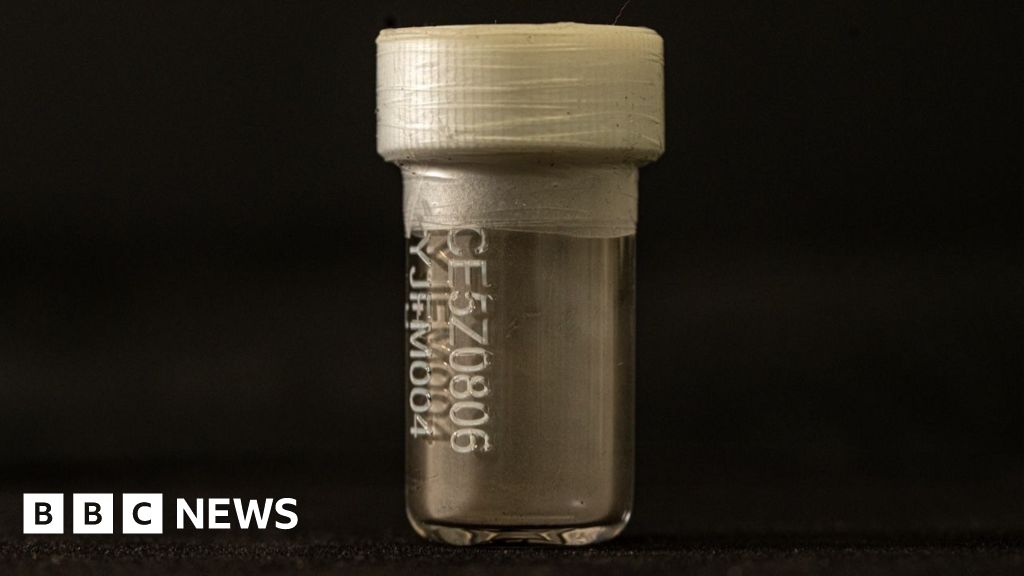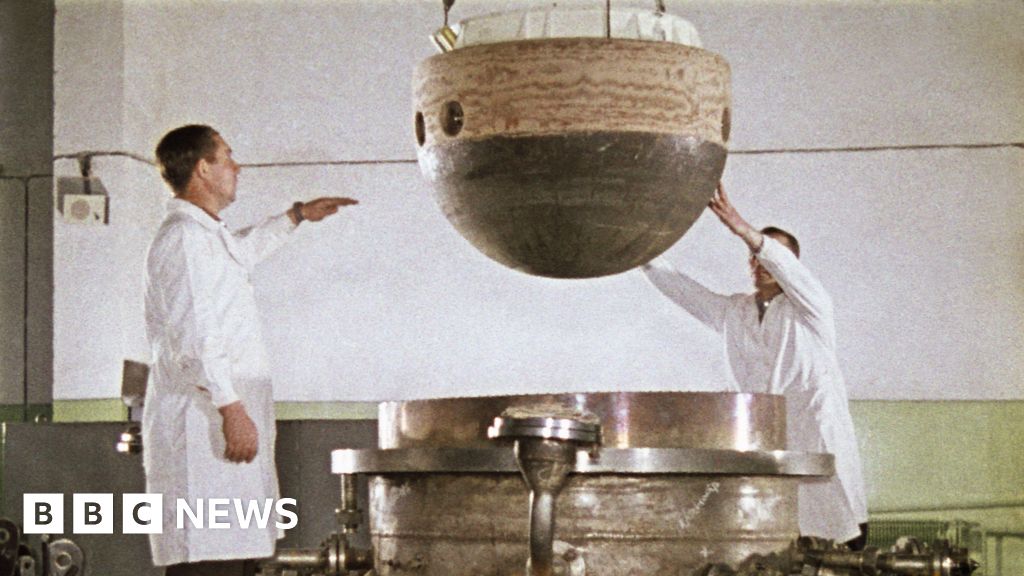ARTICLE AD BOX
Watch: SpaceX rocket launches, separates and loses contact
By Jonathan Amos
Science correspondent
US company SpaceX says it has made significant progress in the development of its mammoth new rocket, Starship, after a second test flight from Texas.
The 120m-tall (395ft) vehicle made an explosive debut in April, but went further and higher on its latest outing.
The rocket's flight was again cut short because of technical issues, but it was clear previous problems had been fixed.
The company was congratulated on its efforts by the American space agency.
Nasa chief Bill Nelson tweeted: "Spaceflight is a bold adventure demanding a can-do spirit and daring innovation. Today's test is an opportunity to learn - then fly again."
The agency wants to use a version of Starship to land humans on the Moon later this decade.
The two-part Starship vehicle left its launch complex at Boca Chica on the Texan coast just after 07:00 (13:00 GMT) on what was planned to be a 90-minute mission.
The goal was to get the top segment - a 50m-tall (165ft) uncrewed stage called simply "the Ship" - to make one near-complete revolution of the Earth, ending in a splashdown near Hawaii.
It didn't make it that far: On board computers terminated the mission with explosive charges about eight minutes after lift-off, for a reason that's not yet clear.
But the mere fact that the flight lasted that long will be regarded as a big step on from what happened earlier this year.
Back then, Starship damaged its launchpad as it left the ground, suffered numerous engine failures on its lower-stage, or booster, and failed to separate the Ship at altitude as designed. Saturday's test got through all of those events without drama.
Engineers will though want to know why the booster tore itself apart shortly after stage separation and get to the root cause of for the Ship's loss when it reached nearly 150km above the planet.
Starship is the most powerful launch system ever.
Its thrust off the pad (74 meganewtons) dwarfs that of any previous vehicle, including those that sent men to the Moon in the 1960s/70s.
If SpaceX engineers can make Starship work as designed, it will be revolutionary.
It's intended to be fully reusable and have the capacity to put more than a hundred tonnes in orbit in one go.
This would radically lower the cost of space activity. It would also assist the entrepreneur in his efforts to realise the long-held dream of taking people and supplies to Mars to establish a human settlement.

 1 year ago
52
1 year ago
52








 English (US) ·
English (US) ·